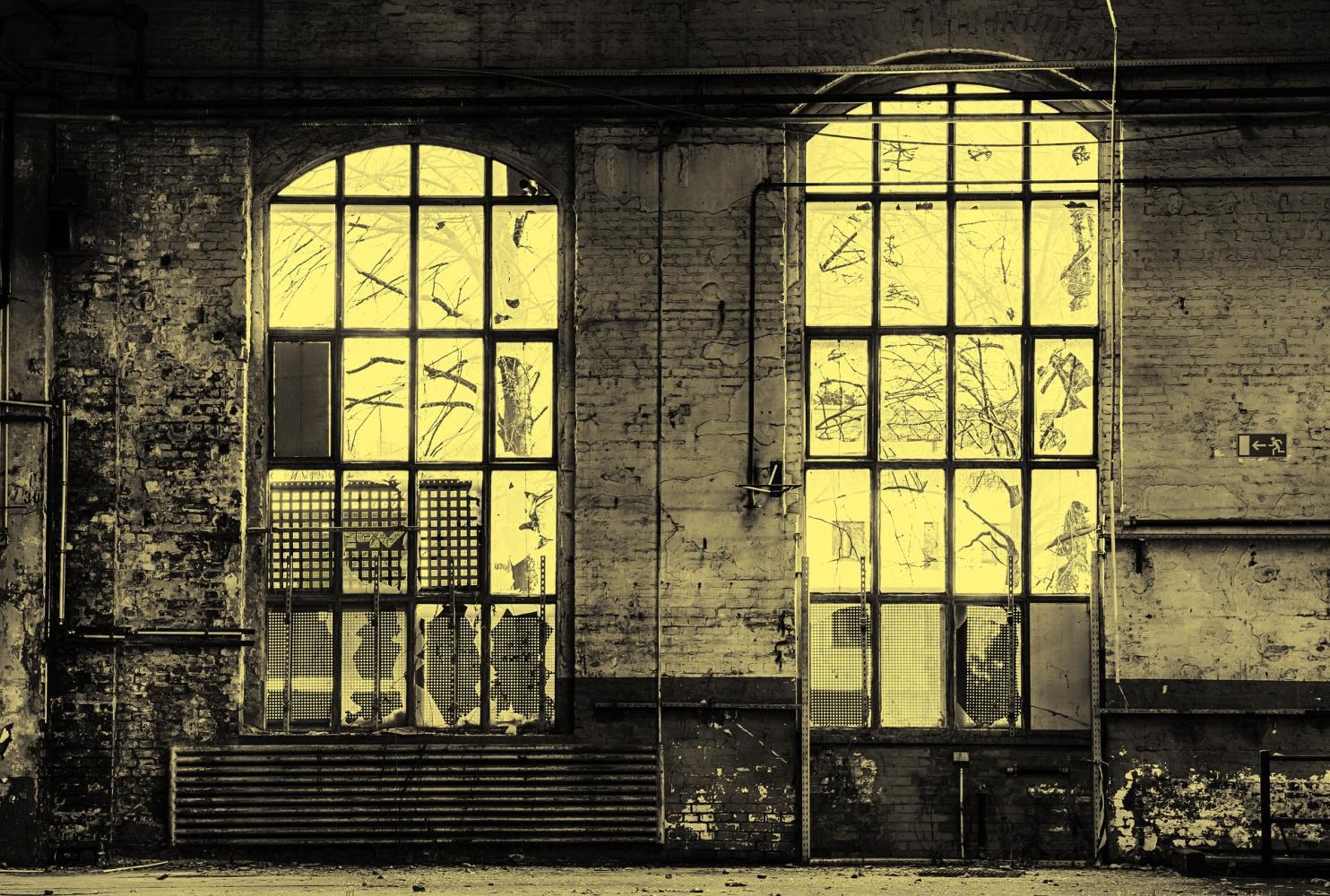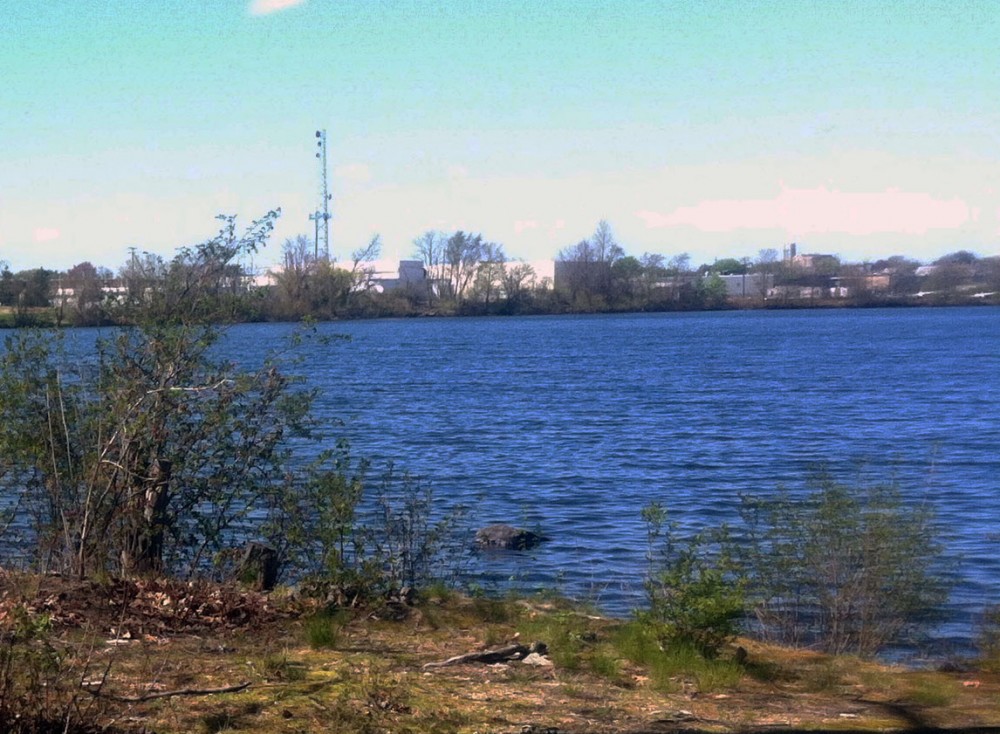
In recent years, the Rhode Island Department of Environmental Management has worked with current property owners and the city of Providence to remediate the site of the old factory, which now hosts a high school; however, the pond itself and some of the surrounding land remain contaminated, including areas close to residential neighborhoods.
Professor of Sociology Scott Frickel knows that this story is not unique. Across Rhode Island, his study has identified more than 11,000 industrial sites that have operated since the 1950s. Most of those old industrial sites are located in the Providence metropolitan area and many are used for other, non-industrial activities today. But an unknowable number of these sites are likely to contain legacy hazards from earlier industrial activities.
By mapping these relict industrial sites in both space and time, Frickel and his team aim to better describe the societal impacts of the sites' hazardous legacies. Thus far, their research has revealed a surprising fact: the presence of industrial activities—and whatever environmental contaminants those activities may leave behind—are more widespread in cities than had been previously thought.
"What we're finding out is that environmental risk is cumulative," he says. "Over time the accumulation of relict industrial sites from block to block, neighborhood to neighborhood, can become a problem for most people who live in cities."
"More broadly, we can also begin to theorize about cities as socioenvironmental processes," he says. "That's the theory that we're trying to build with this project: trying to understand the way in which ecosystems and urban social systems are mutually shaping one another all the time, continuously, to create these places that we call cities."

Frickel stresses that the regulatory environment often reviews relict industrial sites individually, rather than taking into account the dynamism of entire regions over time. But in the watershed surrounding the old Gorham plant alone, graduate students Thomas Marlow and Michael Murphy have compiled a database of 122 unique sites that, since the 1950s, have been likely sources of legacy contaminants.
"That's a whole different way of telling the environmental history of that place. It's not just about that one factory," says Frickel. "I wouldn't want to minimize the significance of the Gorham plant for doing damage to the environment and to public health risk, but that's not the whole story. And I'm interested in scaling up our ability to understand these sorts of interactions."
Historically, industrial activities have been imperative to the proliferation and success of cities; but from Frickel's perspective, the impact these activities have had on the natural environment, which is an equally vital requirement for societal growth, is far less appreciated.
"You could argue that what we're really telling a story of is a story of economic success. This is how cities grow and develop and produce money and jobs," he says. "But the flip side of that is that these activities fundamentally degrade the ecosystems that cities also require."
As Frickel explains, industrial contaminants contribute directly to the devaluation of limited and precious urban land. This has consequences not only for the natural environment, but for groups of people who ultimately hope to use that land in other ways, decades or even centuries down the line.
"The point of this project is to try to understand how the natural and the social are really inextricably intertwined," he says. "You can't tell the story of cities without talking about ecology, and vice versa."
"When we think about cities, we often think about them as social creations," he continues. "Nature is usually missing. And so we're trying to correct that."
This year his team plans to develop an interactive public website as a way to bring the historical dynamics of the Providence's industrial past to a larger audience.